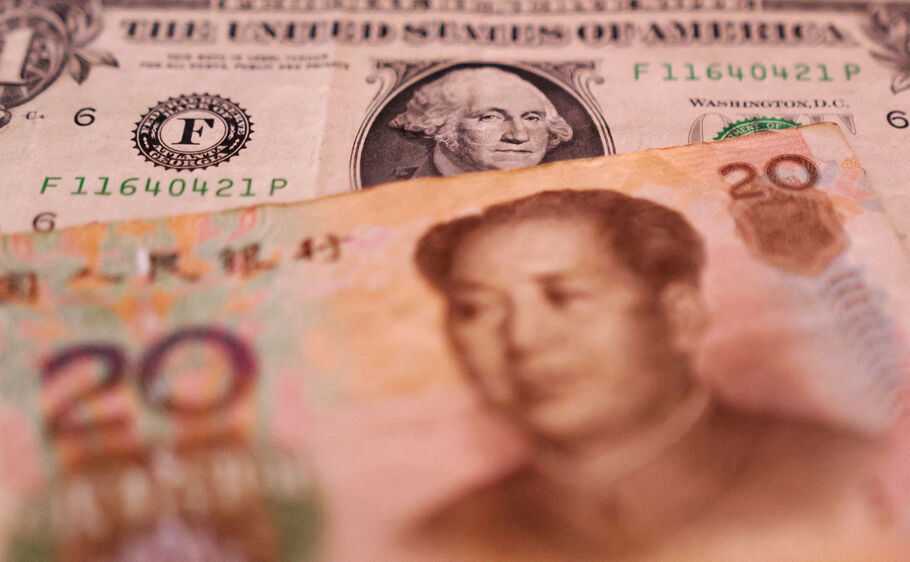BREAKINGVIEWS-Chip export taxes flunk fiscal and security tests

By Gabriel Rubin
WASHINGTON, Aug 11 (Reuters Breakingviews) - When your signature legislative achievement raises the national debt by $3.4 trillion, skimming $3 billion from vital exports to your top geopolitical rival is a meager fix. In April, the United States banned exports to China of even cut-down chips used to train artificial intelligence on national security grounds. The Trump administration has now reversed itself, in exchange for a 15% cut of Nvidia NVDA.O and AMD’s AMD.O sales to the People’s Republic. It either makes sense to keep an adversary hooked to the U.S. supply chain or not; the case to accept risk in exchange for a minuscule contribution to public coffers emptied by a recent tax-cut package doesn’t pass the smell test. Worse, it may set a precedent that whittles away at that bill’s ostensible benefit to corporate America.
The Trump administration’s new arrangement reopens a big market for the primary U.S. designers of graphics processing units, the bedrock of AI development. Nvidia’s H20 is the gold standard, outpacing alternatives thus far developed in China despite relying on generation-old technology.
President Trump dismissed it as an obsolete chip that China already has. Judging by predicted demand, though, it’s still a hot property. Bank of America analysts estimated that reopening exports could win Nvidia up to $10 billion in revenue from China in the next six months. Annualized, that implies $3 billion of levies, against an overall expected tax bill of $19 billion this year, according to Visible Alpha data. While CEO Jensen Huang can probably stomach the hit on this product – reusing aging tech is cheaper, after all – it’s a big increase.
For the U.S. Treasury, though, company-by-company needling is a terribly inefficient way to raise revenue. It follows a pattern of chasing small-ticket items, including $5 million immigration “Gold Cards,” university settlements, and high tariffs meant to solve an array of geopolitical challenges, from Russian oil exports to the Brazilian judiciary. Commerce Secretary Howard Lutnick, too, has led an effort to charge for more government services.
Even broad-based tariffs are insufficient to plug the fiscal gap, despite Trump’s stated dream of replacing most taxes with duties. Sure, revenue from import levies has surged to over $100 billion so far in 2025. But the government spends about $7 trillion annually.
This case is even worse, muddling any coherent security approach to AI proliferation and the dream of a competitive tax code to boot. If every trade flow that attracts political attention – whether into or out of the country – is subject to an ad hoc surcharge, efficiency goes out the window. The heavy hand of government is everywhere, even as tax revenue slips through its fingers.
Follow Gabriel Rubin on Bluesky and LinkedIn.
CONTEXT NEWS
Semiconductor makers Nvidia and AMD have agreed to give the U.S. government 15% of revenue from sales to China of advanced computer chips.
The Trump administration halted sales of such chips to China in April, but Nvidia announced last month that Washington had said it would allow the company to resume sales and that it hoped to start deliveries soon.






